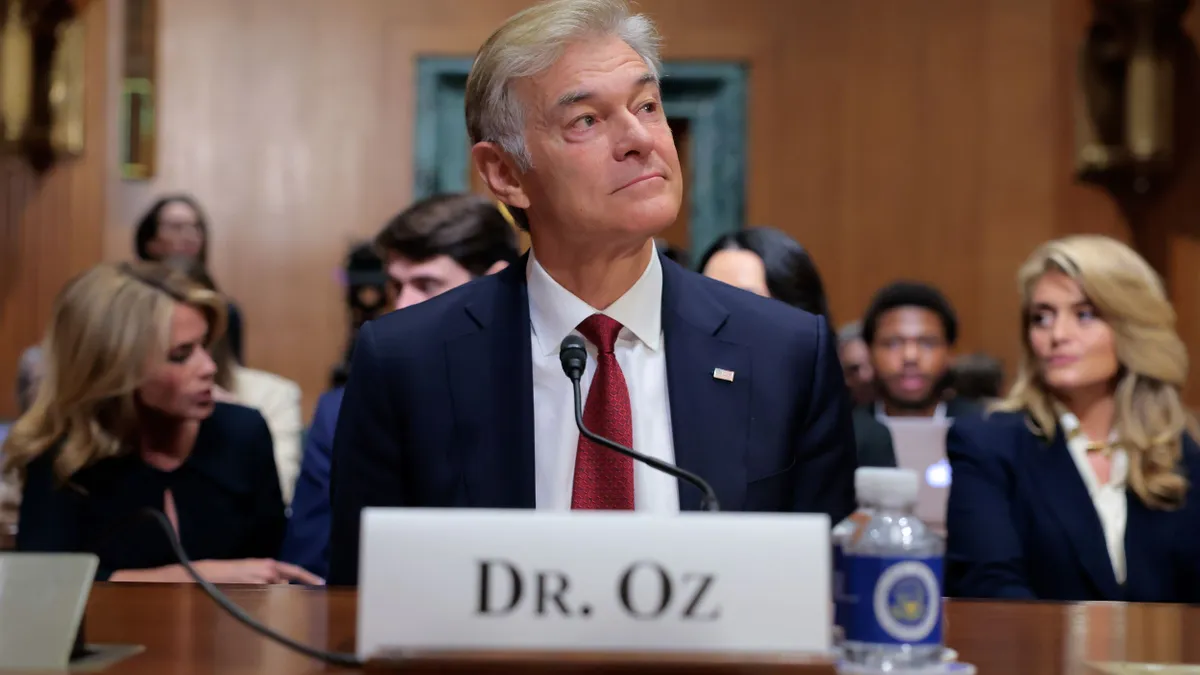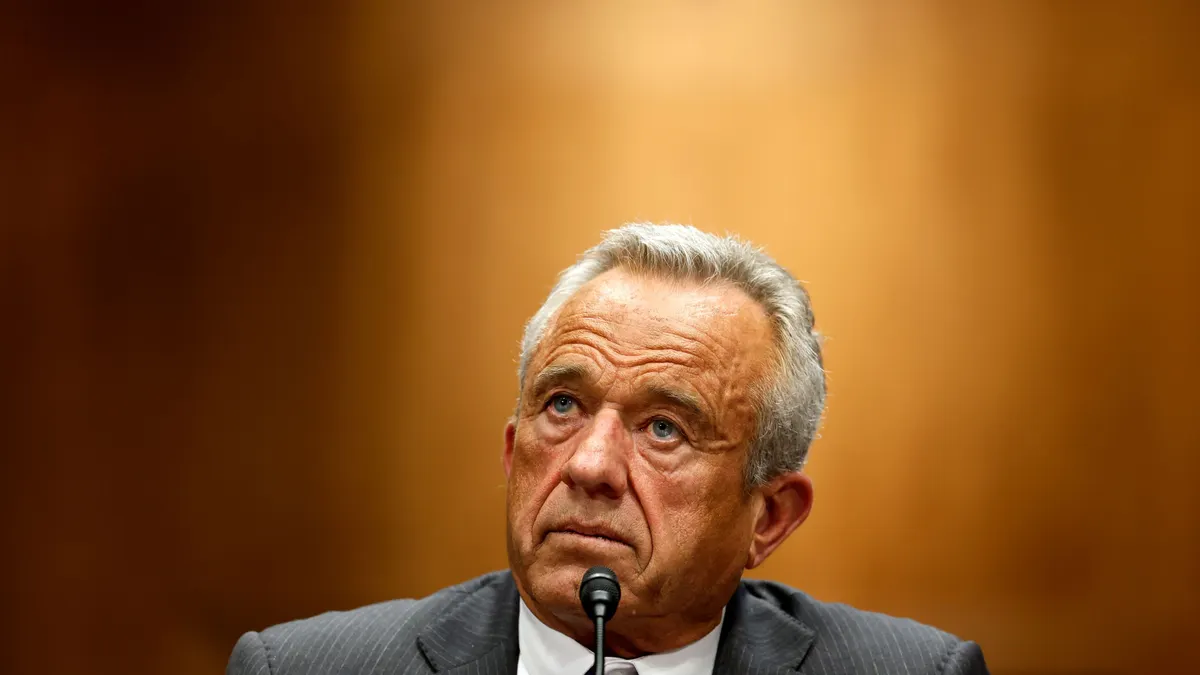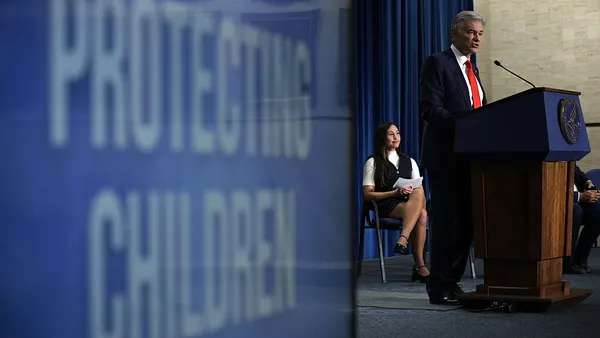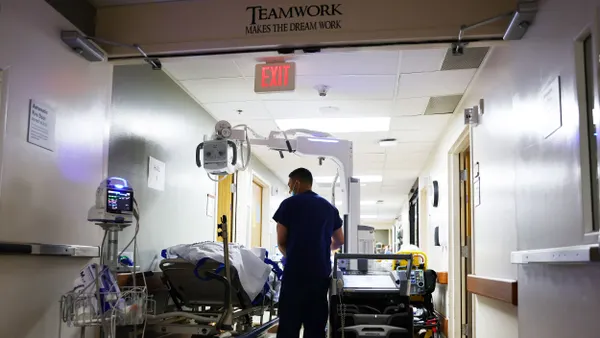Dive Brief:
- Providence CEO Erik Wexler laid out a new strategic direction for the health system on Monday that’s heavily focused on increased technology adoption.
- The system’s strategy through 2030 includes leveraging technology to streamline care delivery, expanding partnerships to better meet clinical needs and increasing the use of artifical intelligence to reduce administrative burdens.
- Providence will track progress toward implementing the strategy beginning in 2027. “If we accomplish even most of what we’ve set out to do, the impact will be transformational,” the CEO said.
Dive Insight:
Wexler said the new plan should help the 51-hospital system navigate the “polycrisis” facing healthcare, including economic, legislative, technological and societal pressures.
“These forces are complex and fast moving,” the executive told staff in an internal email shared with Healthcare Dive. “At the same time, we must be intentional about our long-term direction.”
Providence will deploy initiatives to reduce wait times and increase self-scheduling, deepen its commitment to value-based care, revamp its acute and post-acute care offerings to include more virtual, ambulatory and in-home care options, and increase its use of AI tools. The health system plans to use Microsoft Copilot, an AI-powered office assistant, to help streamline tasks, and ambient scribing technology to save clinicians time.
The health system also hopes to strengthen digital connections among its partners to share information more seamlessly and plans to invest further in specialty pharmacy care.
Providence’s Office of Transformation, formed this January, will carry out some of these tasks, according to Wexler.
Providence unveiled its new strategic direction a little more than week after after shedding 600 roles in a broader restructuring. The health system, like many of its peers, has been working to find its financial footing amid growing economic headwinds and regulatory uncertainty.
The health system has been chasing a financial turnaround for several years and had hoped to be profitable by 2025. However, external factors, including looming funding cuts, have continued to dog the provider this year, the health system said in April.
Providence has cut some costs this year by freezing nonclinical hiring and cutting some discretionary spending.
Collectively, the changes have helped Providence face “short-term challenges head on,” according to Wexler. The new strategic plan should help the system further move beyond survival mode toward long term, sustainable growth.













